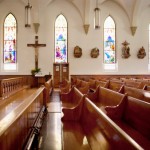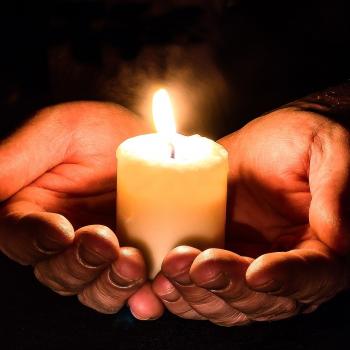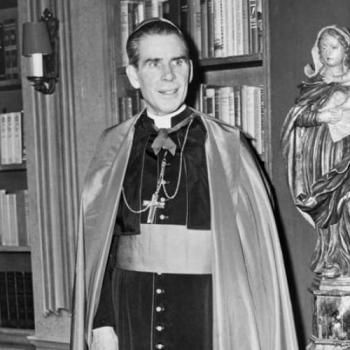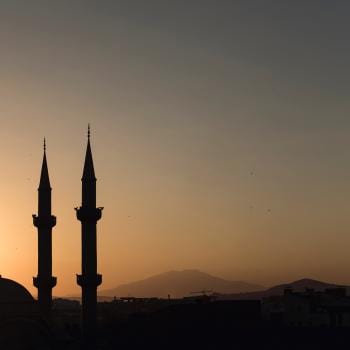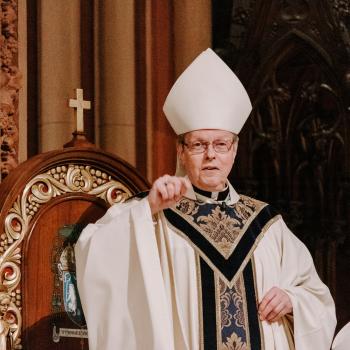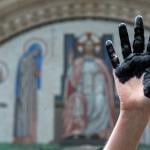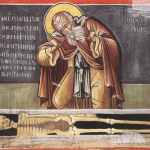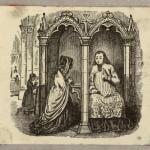Who didn’t see this controversy coming?
For generations, fourth graders in California’s schools, often with a parent’s touch, built models of church missions out of poster board or sugar cubes to celebrate the Rev. Junipero Serra and the religious communities he established along the West Coast in the late 1700s.
Last week, Pope Francis announced plans to canonize Father Serra, putting “the evangelizer of the West in the United States” closer to sainthood.
These days, the pious preacher who once walked much of what is now California, bringing Christianity to the American Indians, is viewed in less benevolent terms.
Prominent Native Americans see Father Serra as far from saintly. Their reaction is as visceral as a dispute over occupied territory in the Middle East. Indian historians and authors blame Father Serra for the suppression of their culture and the premature deaths at the missions of thousands of their ancestors.
“I had high hopes for this pope, who has been making some very pro-social-justice statements,” said Deborah A. Miranda, an Ohlone Costanoan Esselen Indian and an American literature professor at Washington and Lee University in Lexington, Va.
“Serra did not just bring us Christianity. He imposed it, giving us no choice in the matter. He did incalculable damage to a whole culture,” Ms. Miranda, the author of “Bad Indians,” said of her ancestors and what she called “the mission mythology.”
“If he is elevated to sainthood,” said Nicole Lim, the executive director of the California Indian Museum and Cultural Center in Santa Rosa, “then he should be held responsible for the brutal and deadly treatment of native people.” Ms. Lim, a Pomo Indian, runs a website for students that she said aimed to correct the misinformation.
Photo: Statue of Junípero Serra at the Mission San Diego de Alcalá, by Bernard Gagnon / Wikipedia

